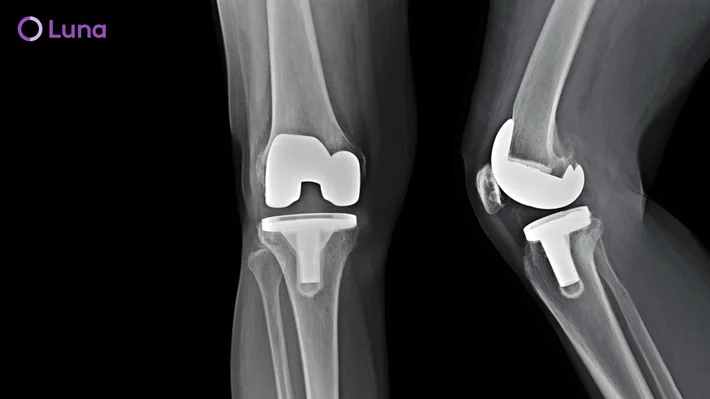![Separator]()
What causes patellofemoral pain syndrome?
The condition is strongly associated with a number of activities and risk factors. Overuse is perhaps the primary contributing factor; patients who frequently run, jump, or otherwise place repeated stress on the knee are at high risk. In addition, a previous injury to or surgery on the knee represents a major risk factor.
Some physiological traits can also increase a patient’s risk of developing patellofemoral pain syndrome. For example, as with ACL injuries, PFPS is more likely to affect women. Muscular imbalances or weaknesses, such as a misaligned kneecap likewise represent secondary risk factors.
The most common causes of patellofemoral pain syndrome include:
- Overuse from activities such as running or jumping
- Previous injury to the knee
- Knee surgery
- Pre-existing muscle or bone conditions
Source:
MayoClinic



















